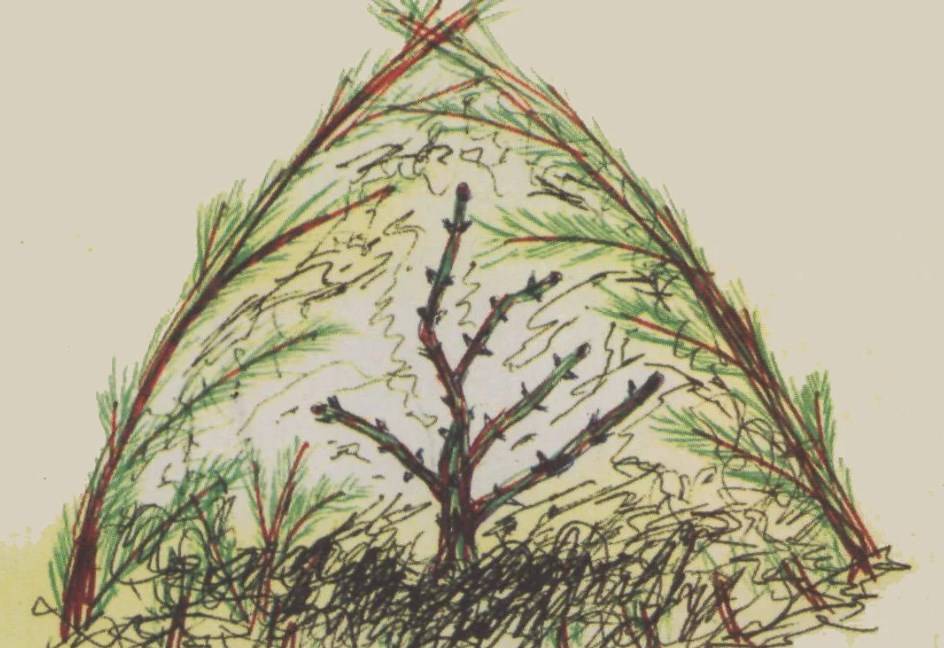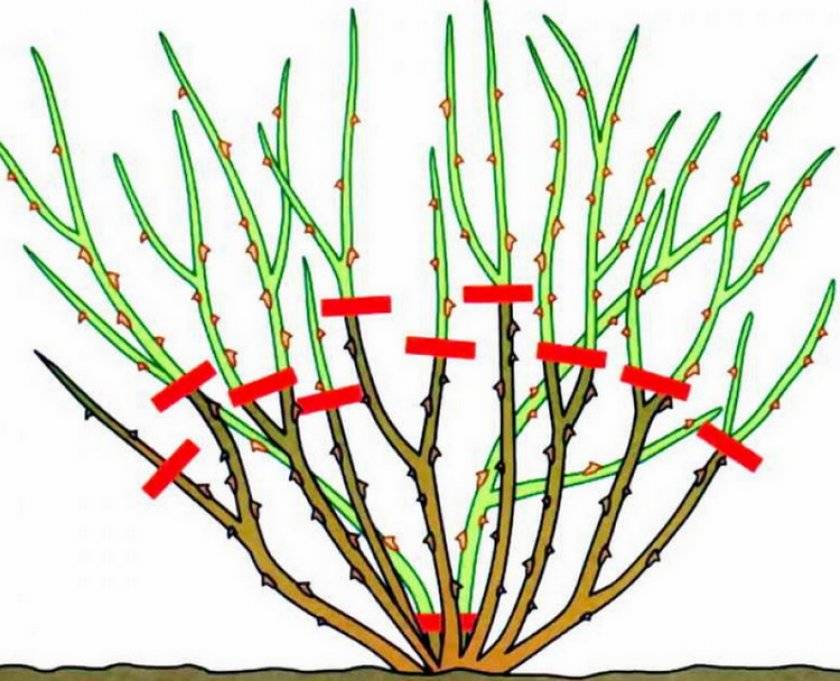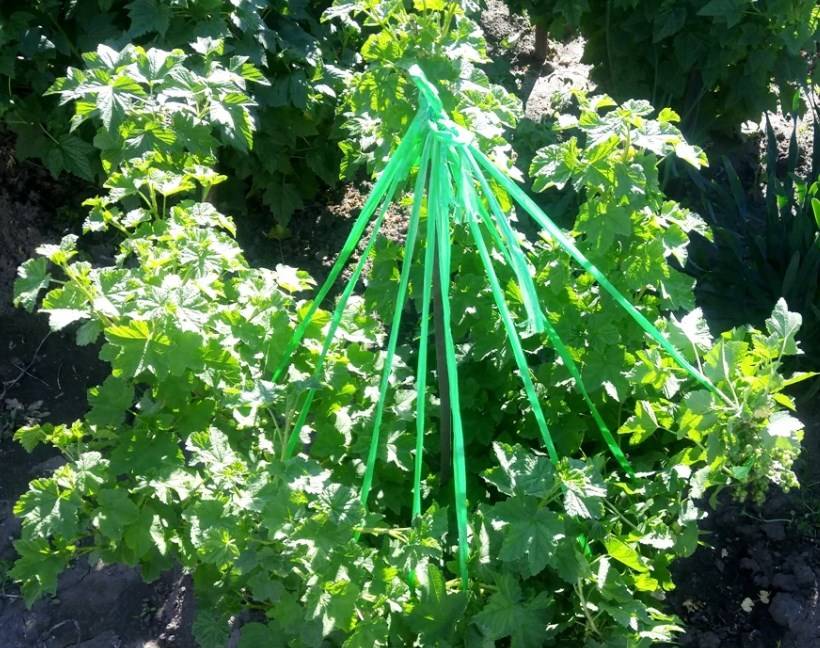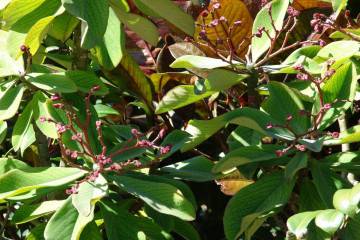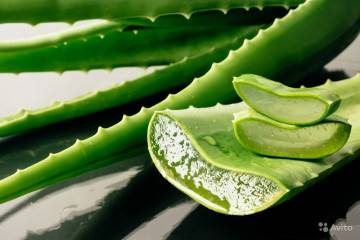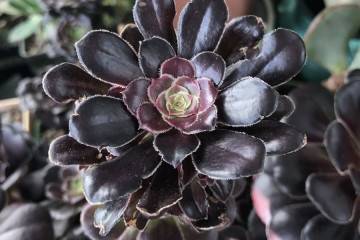Gooseberry care all season - basic rules for growing
Content:
Gooseberry is one of the first plants to wake up after hibernation. That is why, with the arrival of spring, it is necessary for a limited period of time to carry out all the manipulations for caring for the bushes even before the formation of the first buds and the appearance of leaves. Many gardeners have questions about how to properly care for gooseberries. In general, this cultivated plant is unpretentious in care, but it is necessary to carry out a minimum of agrotechnical measures.
How to care for gooseberries in spring after winter
Growing and caring for gooseberries after winter has a number of features that must be taken into account.
The timing when it is necessary to remove winter shelters depends on the weather and climatic conditions in which the plant grows. In a territory with a warm and temperate climate, the most suitable time is the beginning of March. At this time, the layer of mulch is carefully removed, taken out of the infield and burned.
In regions with unfavorable climatic conditions, shelters are removed in the second half of March - early April. Soon after removing the cover on the bushes, dry and damaged shoots and foliage should be removed.
How to care for gooseberries in spring
In the spring, care is recommended to begin with the removal of diseased, damaged or weak shoots. The most suitable time for the procedure is March, during the course of the procedure, weak and thin, frozen and frozen branches are cut off or too close to the ground. The surplus is also cut off.
Thanks to pruning, the bush directs all its resources to strengthen the root system and the formation of a large number of berries. Overgrown bushes bear less fruit, and also, due to a lack of sunlight, sour and small berries are formed on the middle shoots, which are practically unusable. They are also more likely to develop diseases and insect attacks.
After pruning, the soil is loosened, which guarantees access of moisture and warm air to the root system. Carefully loosen the soil with a hoe; the immersion depth should not exceed 6 cm. Weeds are also removed.
As soon as the probability of frost has passed, and the soil began to actively warm up, the bushes are watered abundantly. Then the frequency of watering depends on the weather conditions, but usually once a week in the morning or in the evening is enough. It is recommended to use slightly warm water.
After the near-stem circle is mulched again to prevent rapid evaporation of moisture, as well as slow down the growth of weeds. The following are mainly used as mulch:
- peat or compost;
- sawdust;
- humus;
- straw;
- Pine cones.
Even after hibernation, it is imperative to make top dressing.Almost at the very beginning of the growing season, the bushes are fertilized with nitrogen-containing compounds. Nitrogen in combination with mulching with compost provokes a powerful increase in green mass. The amount of the composition is calculated according to the attached instructions for use.
During the formation of the first flowers, gardeners give preference to potassium-phosphorus compounds, which are still introduced into the soil when preparing the plant for wintering. Phosphorus has a beneficial effect on the condition of the root system, promotes the formation of fruits.
How to care for gooseberry bushes in summer
The frequency of watering in summer depends on the weather conditions, the main thing is to ensure that the soil remains moist. For example, if it rains at intervals of several days, then there is no need for watering. In dry weather, the bushes are watered from large buckets.
During the formation and ripening of the fruit, the gooseberry must be saturated with all the necessary macro- and microelements. To do this, the plant is watered under the root with a concentrated solution of compost and manure.
Industrial fertilizers containing nitrogen, phosphorus and potassium are diluted, according to the instructions, and water the bushes at the root, irrigate the crown.
How to tie a gooseberry
After the formation of the crown, the gardener must install supports for tying large branches of the bush. Tied bushes are less susceptible to the development of diseases, they bear fruit longer and more abundantly.
In addition, thanks to the garter, it is possible to keep the correct shape of the bush, which gives the plant an attractive appearance. Tying begins from the first year after planting. The most suitable time is early spring, before the buds swell or at the end of the harvest. In the summer months, it is better not to disturb the gooseberries.
How to grow gooseberries on a trellis
Gooseberry supports are made from wooden slats, welded fittings or polypropylene pipes. Previously, the surface of these materials is carefully treated with antiseptic solutions and painted to protect the culture from damage by harmful microflora.
The stem is a vertical support to which the strongest and strongest shoot growing up is attached. Lateral shoots are not fixed to it, but simply cut off.
In the future, only young, strong and vertically growing branches need to be tied up, which form the gooseberry crown.
To organize the trellis along the rows of gooseberry bushes, two supports are mounted, on which the wire is stretched horizontally with an interval of no more than 30 cm.
The timing of harvesting depends on the weather and climatic conditions in which the plant grows. As a rule, this time falls on the second half of July - mid-August.
In regions with unfavorable climatic conditions, it is recommended to breed several varieties of gooseberries in summer cottages, the berries of which ripen in a short period of time. The most suitable varieties: Spring, Pink or Eaglet.
Fruit ripeness is divided into actual and technical ripeness. More details about each:
- to reach actual maturity, the fruits must ripen. Such berries are soft, do not crunch when bitten, have a sweet-sour taste;
- the technically ripe fruits are large, the taste is pronounced sour, the skin is crispy. Such berries are mainly used for the preparation of winter preparations.
Berries ripen on the bushes unevenly. This feature allows summer residents to harvest from gooseberry bushes for several months.
How to care for gooseberry bushes in autumn
After collecting the last harvest in the country in the fall, you need to start preparing the bushes for the upcoming winter. Darkened and broken shoots must be removed. The base of the bush should be one branch without branching, next year such a bush will bear fruit excellently.
In September, the last potash-phosphorus fertilizers are applied in moderation. This will allow the shoots to become woody and easier to endure the winter frosts.
The near-stem circle is cleared of weeds, dry foliage is removed, the soil is weeded. After loosening, insect larvae remain on the surface of the soil, as a result of which they die during the first frosts.
The protection of bushes from frost is organized with a layer of mulch, which, together with the shoots, is covered with agrofibre. If the winter is snowy, then a snowdrift is formed on the bush, this will exclude the possibility of freezing.
Growing gooseberries outdoors in your backyard is not as difficult as it might seem at first glance. The main thing is to adhere to the schedule for the implementation of agrotechnical measures.
